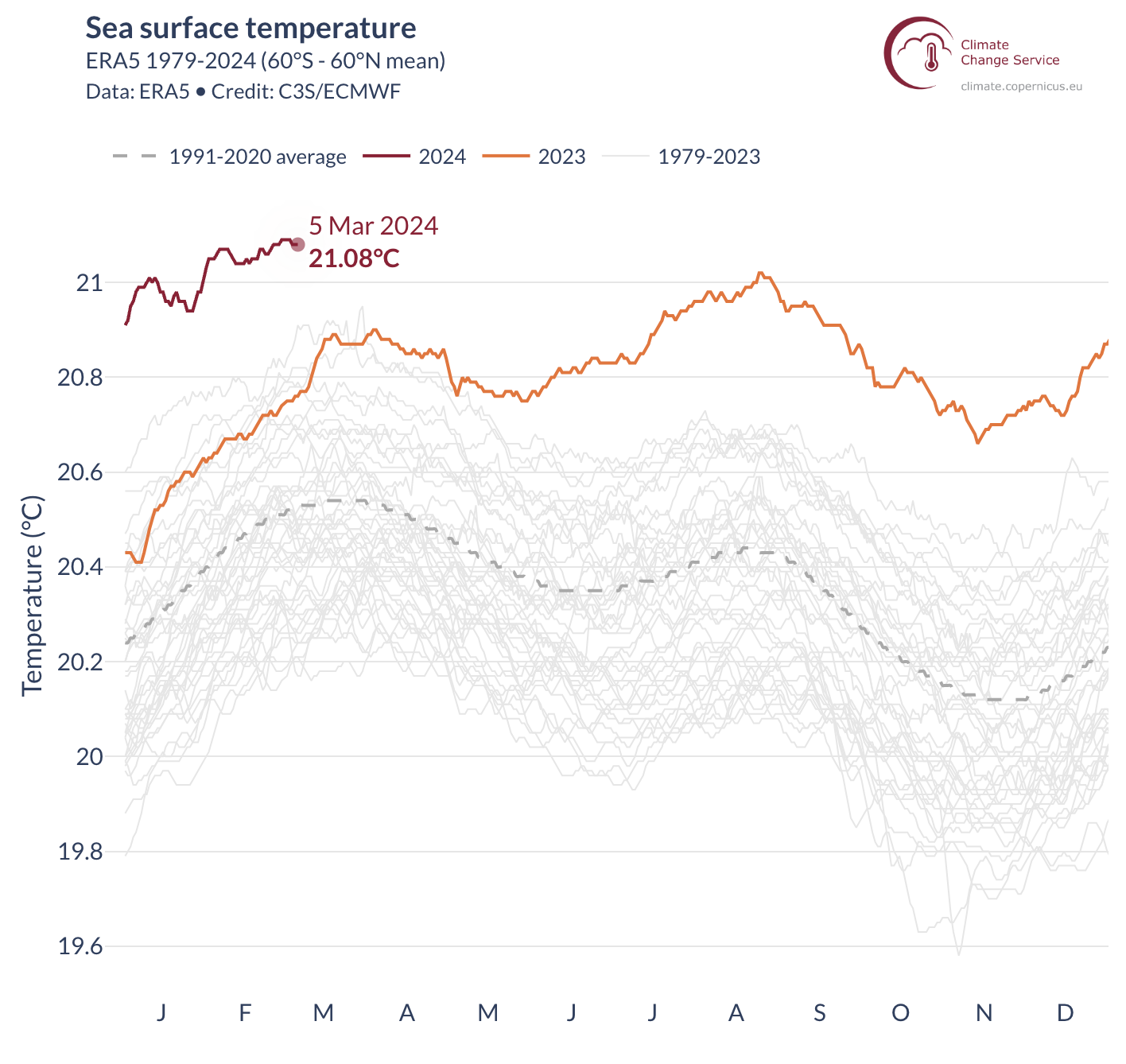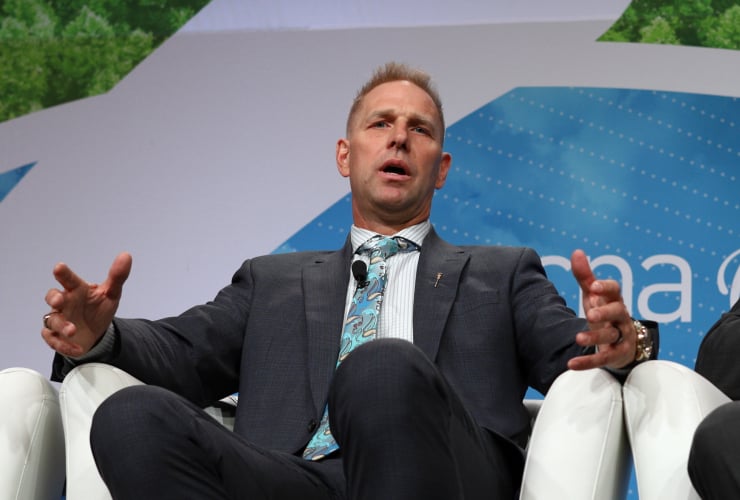It’s time for a serious look at shading the Earth, say the Swiss. Switzerland kicked the hornet’s nest of geoengineering with an official proposal at the UN Environment Assembly’s latest gathering in Nairobi.
The Swiss wanted the UN to set up an expert group to study “the risks, benefits and uncertainties” of blocking some of the sun’s rays using techniques of solar radiation modification (SRM). The most common suggestion is to inject sulphur aerosols into the atmosphere and reflect some fraction of the sun’s heat before it hits the Earth.
The proposal provoked fierce opposition, especially from African nations, which countered with a demand for a “non-use” agreement on SRM. After some cantankerous debate, nothing was agreed. Switzerland ultimately pulled its proposal, saying, “At least we managed to start a global conversation about this important topic.”
In truth, that conversation is already well underway. In the past several months, climate engineering has been part of reports and research strategies issued by the U.S. government, as well as the European Commission and the European Parliament. There’s a Climate Overshoot Commission studying geoengineering chaired by the former head of the WTO that includes Kim Campbell, who was (briefly) Canada’s 19th prime minister.
Luminaries of climate science like James Hansen are calling for intensified research and there are now institutes at various universities and scientific conferences dedicated to the topic. It’s a hornet’s nest even in academic circles where some scientists say we’d better get our emergency options figured out, while others think we’re already running too many geoengineering experiments altering the atmosphere with heat-trapping gasses.
Several countries have geoengineering on their research agendas, including Canada. Environment and Climate Change Canada’s science strategy aims to “understand the potential for climate engineering and determine the implications,” specifically for solar radiation modification, marine geoengineering and carbon dioxide removal techniques.
Almost everyone involved seems to think it’s a desperate idea. Tempered by the fact that we’re headed into desperate territory. “Solar radiation management is both a terrifying, terrible idea and an absolutely inevitable future,” says Nils Gilman, editor at Noema Magazine.
“Inevitable” might be a provocative turn of phrase but the Swiss are not just looking at their own vanishing glaciers. The numbers have been tabulated for February and the global heat wave is unrelenting.
It was the ninth straight month obliterating global heat records. February was not just the hottest February on record, it averaged 1.77 C above pre-industrial temperatures. Every month since last July has exceeded the symbolic 1.5-degree figure.
Last year, it felt momentous that we topped 2 C for two days. This February, there were four days above two degrees.
The global heat wave is most obvious in the world’s oceans — temperatures are not just record-high but streaking way above any recorded precedent. The red line shows this year, while orange is 2023 and those grey lines date back to 1979.

One of the most immediate impacts of heating up the oceans is unfolding on the world’s coral reefs. The U.S. government’s Coral Reef Watch has been forced to add new alert levels and warns we are on the verge of the “worst bleaching event in history,” impacting corals in the Caribbean, the Pacific and the Indian oceans.
In Australia, officials at the Great Barrier Reef Marine Park just officially declared the world’s largest reef is suffering mass bleaching — something unheard of before 1998 but this is now the fifth “event” on the Great Barrier Reef in the past eight years.
Lissa Schindler, a scientist at the Australian Marine Conservation Society, told The Guardian: “This is a huge wake-up call for Australia and the global community that we need to do much more to address climate change, which is driving the marine heat waves that lead to coral bleaching.
“Australia’s current target of a 43 per cent cut in carbon pollution by 2030 is consistent with a 2 C warming pathway, which equates to the loss of 99 per cent of the world’s coral reefs.”
It is possible that we are in
It is possible that we are in a situation where it could become necessary to do such engineering. If that is in fact the case, I think there's an order of business that comes first: Putting the people who got us there behind bars. If we can agree that the world has been damaged so badly that we need to damage it again in unpredictable ways to hope to stay alive, then we can agree that being a fossil fuel executive is a crime against humanity and has been ever since the science was clear (which, at most of the bigs, was a LONG time ago because they did the research and then hid it from us).
If we are forced into such dire actions, the people who forced us to it must not be allowed to profit from their crimes (let alone have any kind of input into the decision).
Geoengineering schemes like
Geoengineering schemes like this are yet another sign of a cabal of technocrats who either refuse to acknowledge (or are blind to) the fact that the only real solution is going to involve demand reductions in energy and resource consumption. If not by design, then by social force, and if not by social force, then by ecological force.






Comments